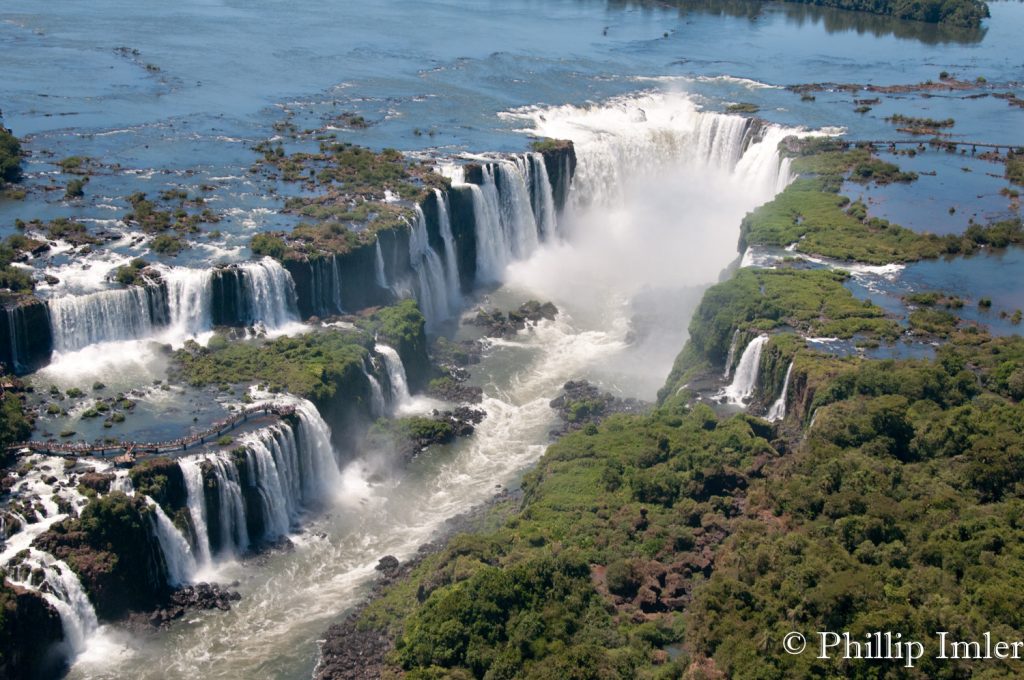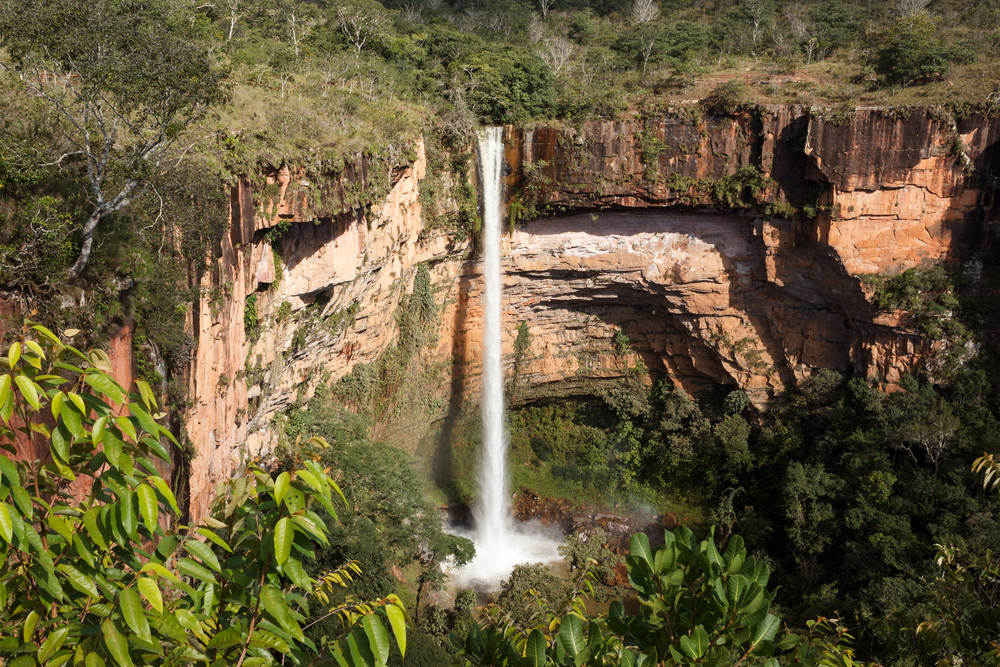Araguaia Overview
Araguaia National Park, known as Parque Nacional do Araguaia in Portuguese, is a vast protected area in Brazil, covering approximately 2,650 square miles (6,861 square kilometers).
Located in the state of Tocantins, the park is situated on Bananal Island, the largest fluvial island in the world, nestled between the Araguaia River and the Javaés River. This remote and ecologically rich area is part of the Cerrado and Amazon biomes, creating a unique mix of ecosystems that support a wide array of wildlife and vegetation.
The park’s landscape is defined by extensive wetlands, dense gallery forests, open grasslands, and seasonally flooded savannas. The Araguaia River and its tributaries carve through the park, creating a complex network of waterways, oxbow lakes, and marshes.
The park’s western section is more influenced by the Amazon Rainforest, with towering trees, thick undergrowth, and a humid climate, while the eastern portion exhibits more characteristics of the Cerrado, Brazil’s tropical savanna, with scattered trees and vast open plains. During the rainy season, large portions of the park flood, transforming the terrain into a mosaic of water and land.
Araguaia National Park is a haven for diverse wildlife, supporting many iconic species of South America. Mammals such as the jaguar, giant otter, Brazilian tapir, and marsh deer roam the park, benefiting from the region’s rich biodiversity. The waterways teem with caimans, anacondas, and river dolphins, while the forests and wetlands provide refuge for howler monkeys, capybaras, and ocelots.
Birdwatchers are particularly drawn to the park due to its abundance of avian species, including the hyacinth macaw, jabiru stork, and black skimmer. The combination of wetland, forest, and savanna habitats makes it an exceptional location for observing wildlife in their natural environments.
One of the park’s most attractive features is its pristine rivers, particularly the Araguaia and Javaés, which offer breathtaking scenery and ample opportunities for exploration. Visitors often embark on boat trips or canoeing excursions to navigate the park’s waterways, gaining access to remote areas rich in wildlife.
The crystal-clear waters of the Araguaia River also make it a popular spot for swimming and fishing, though regulations are in place to protect the ecosystem. Camping and hiking are common activities, providing visitors with the chance to experience the park’s raw beauty up close.
The surrounding indigenous territories, home to the Karajá and Javaé peoples, add cultural significance to the area, offering insights into traditional ways of life that have existed for centuries.
Despite its ecological importance, Araguaia National Park faces conservation challenges, including illegal fishing, poaching, and encroachment from agricultural expansion. Seasonal fires, often started by human activities, pose additional threats to the delicate balance of the ecosystem.
However, conservation efforts have led to successes in protecting key species, particularly through anti-poaching initiatives and habitat preservation. The park’s status as a protected area helps mitigate some of these pressures, and continued efforts by environmental organizations and local communities aim to ensure its long-term survival.
















































































